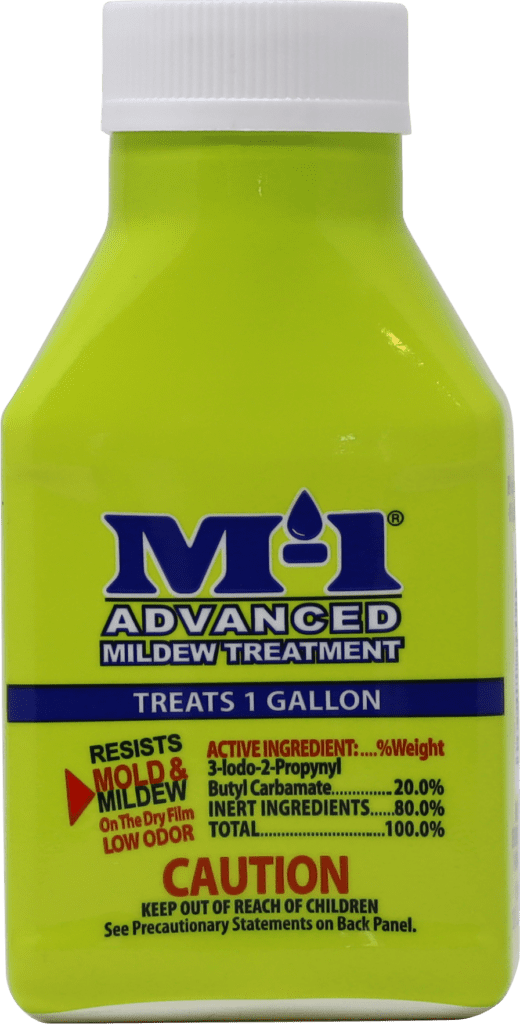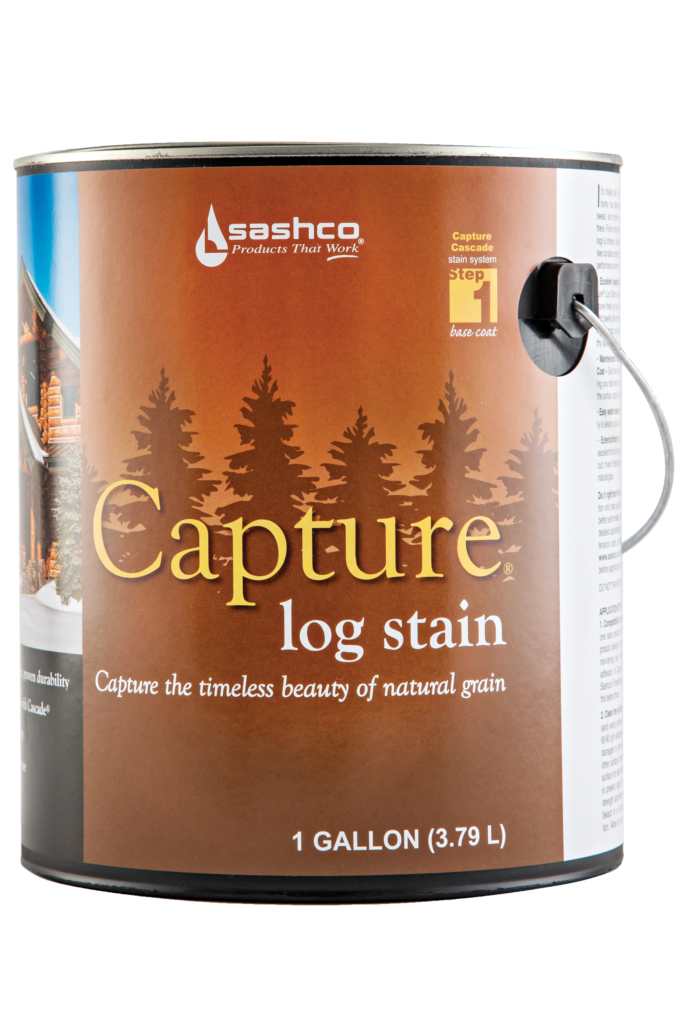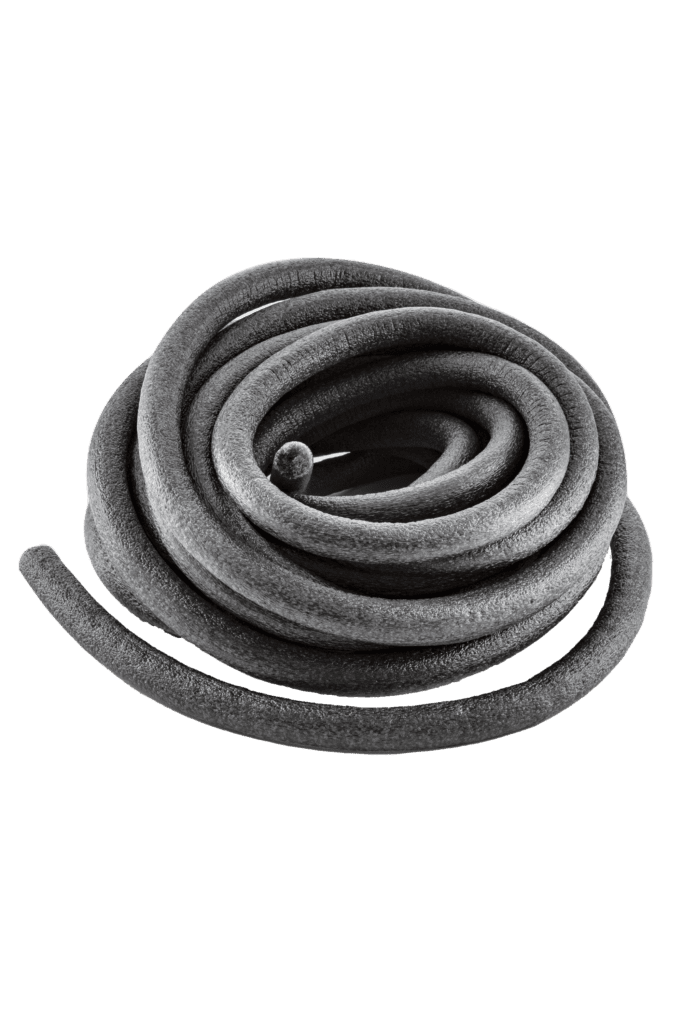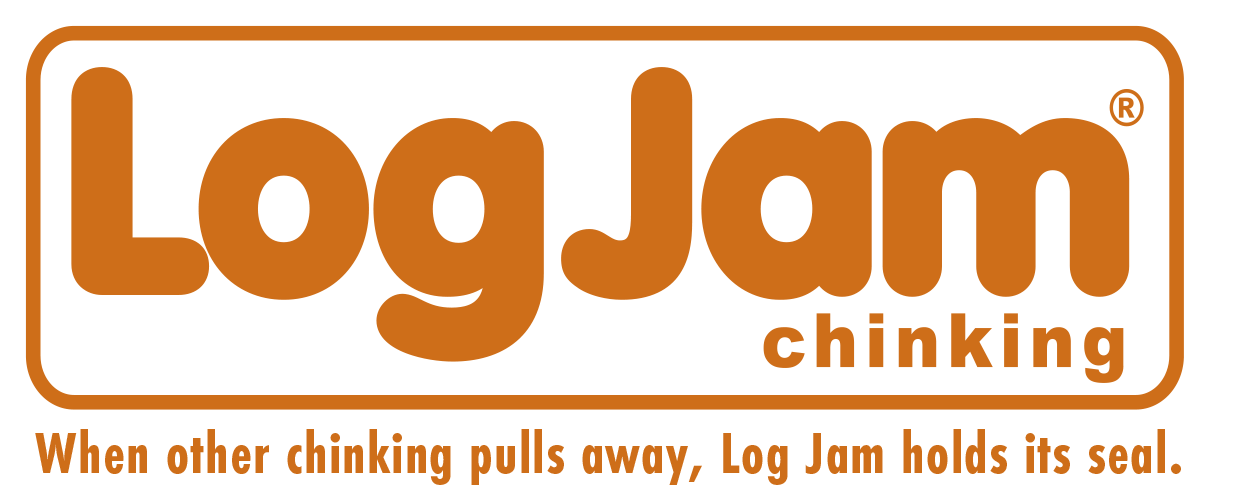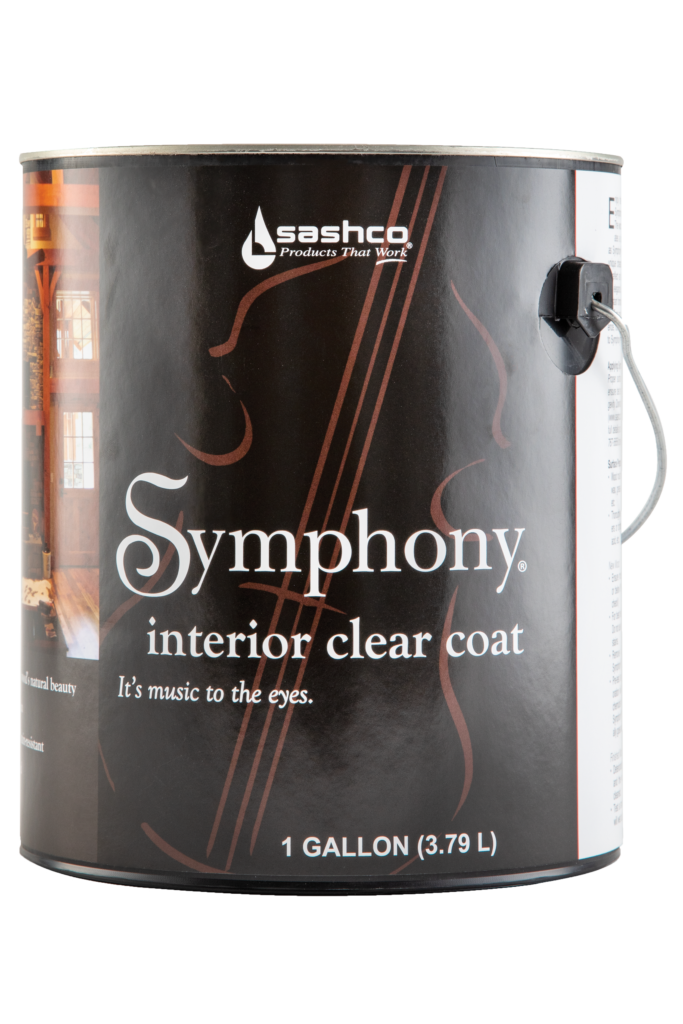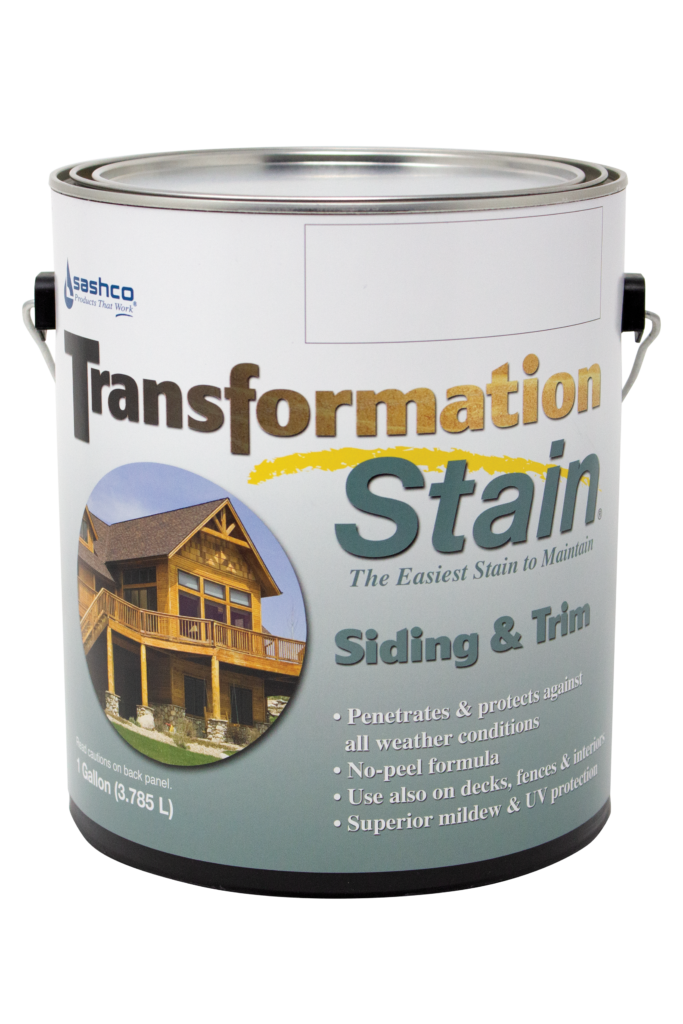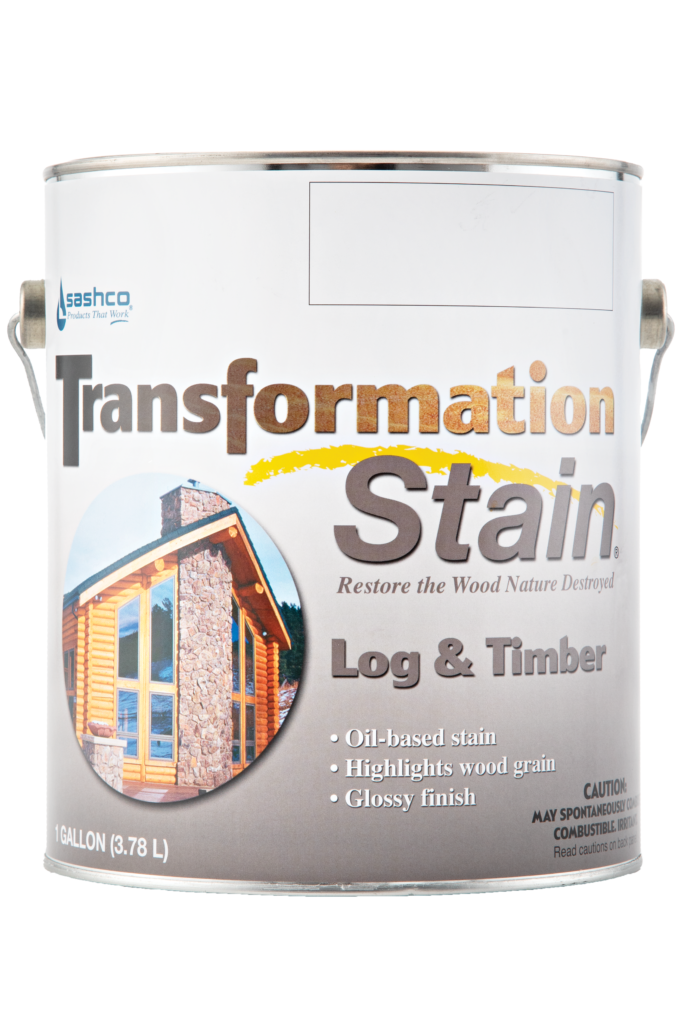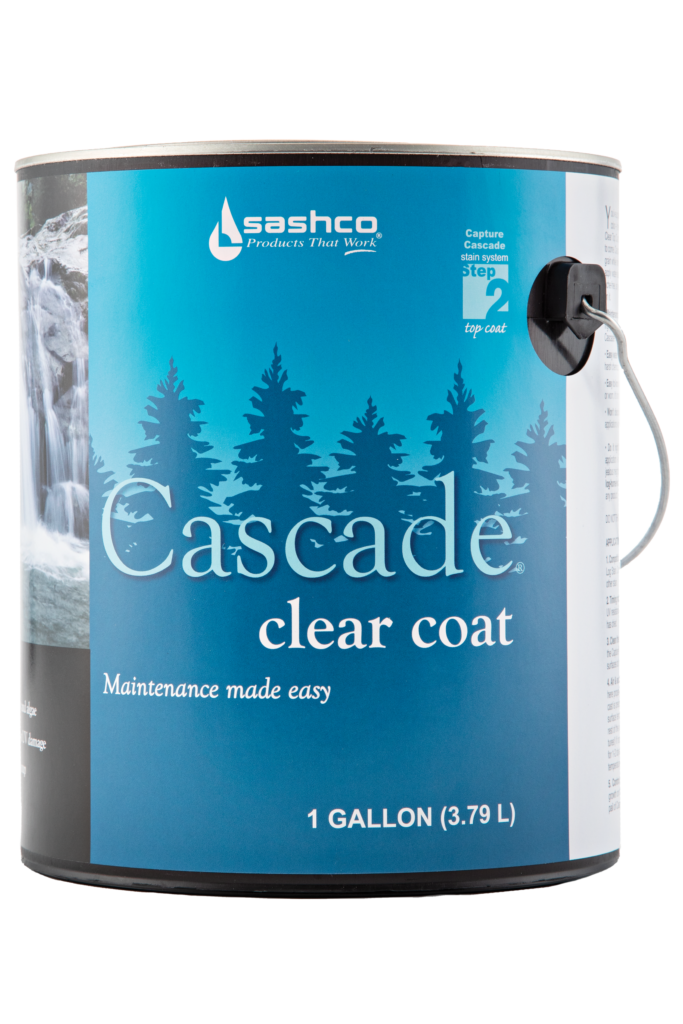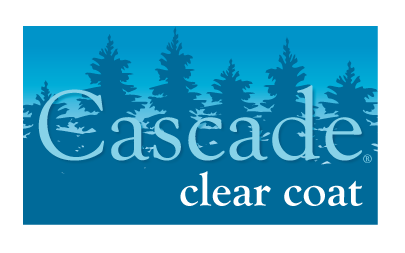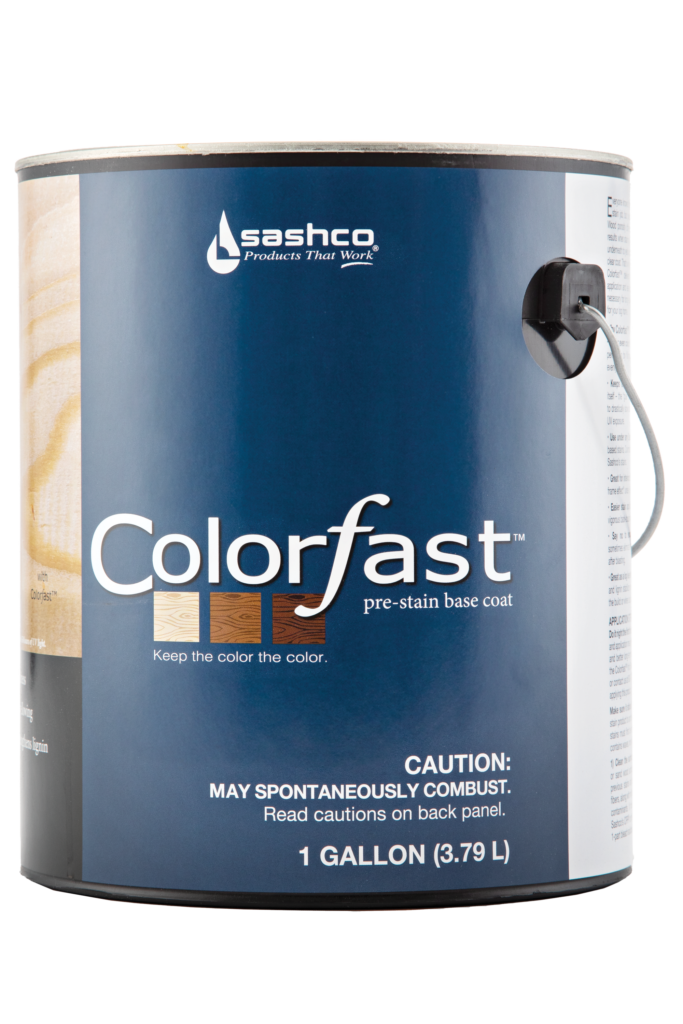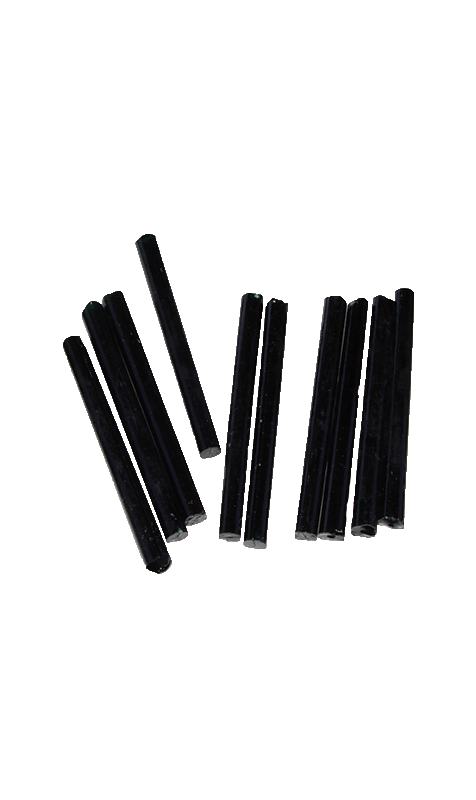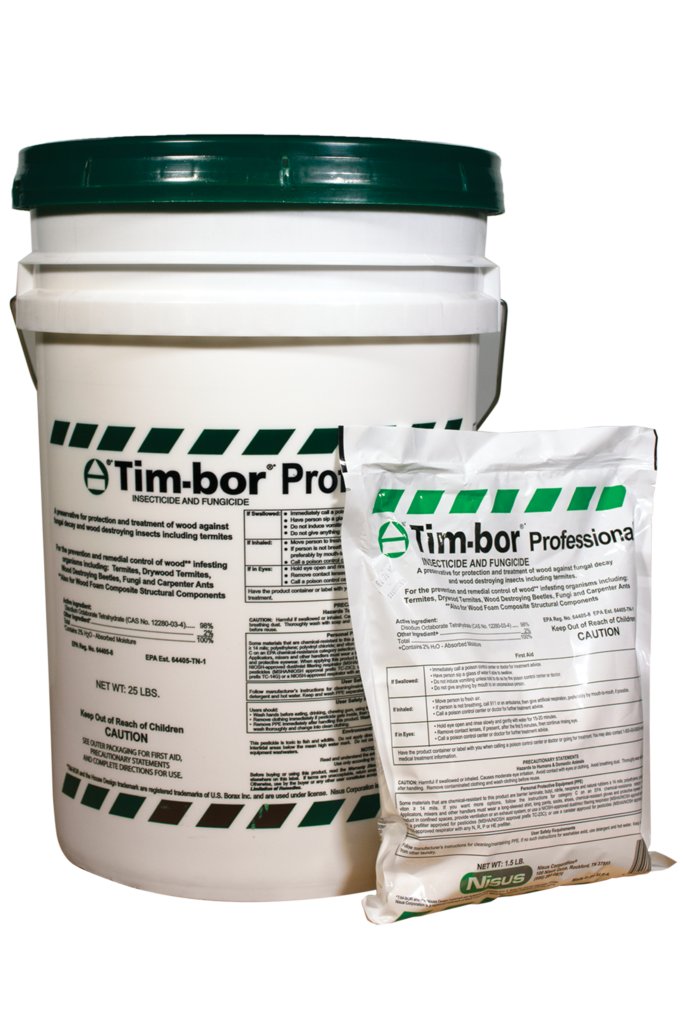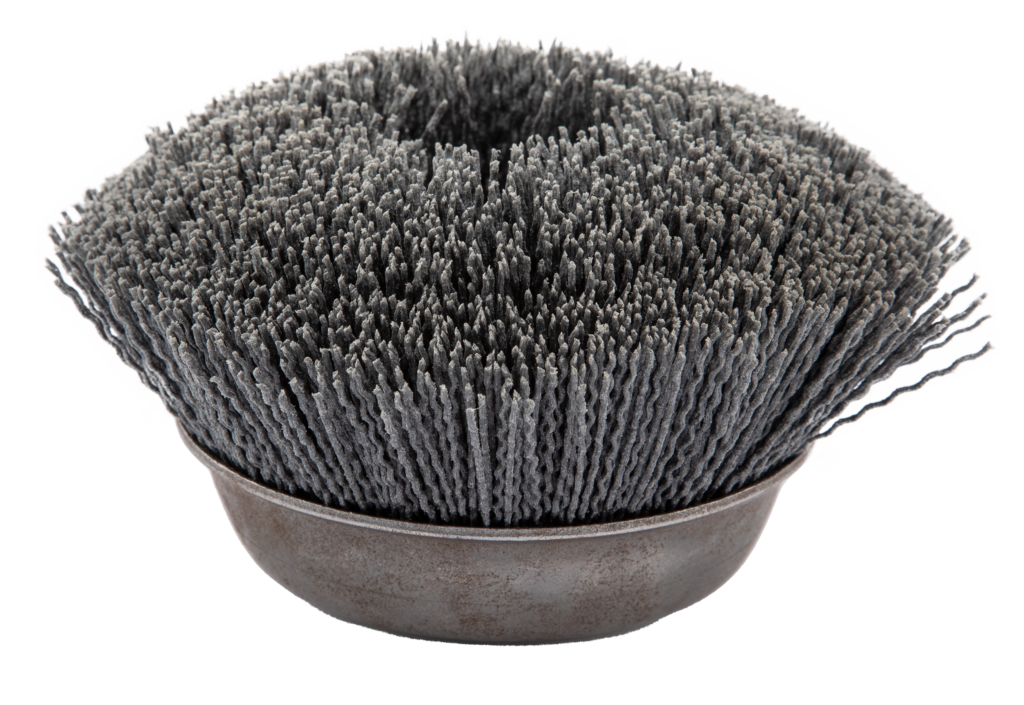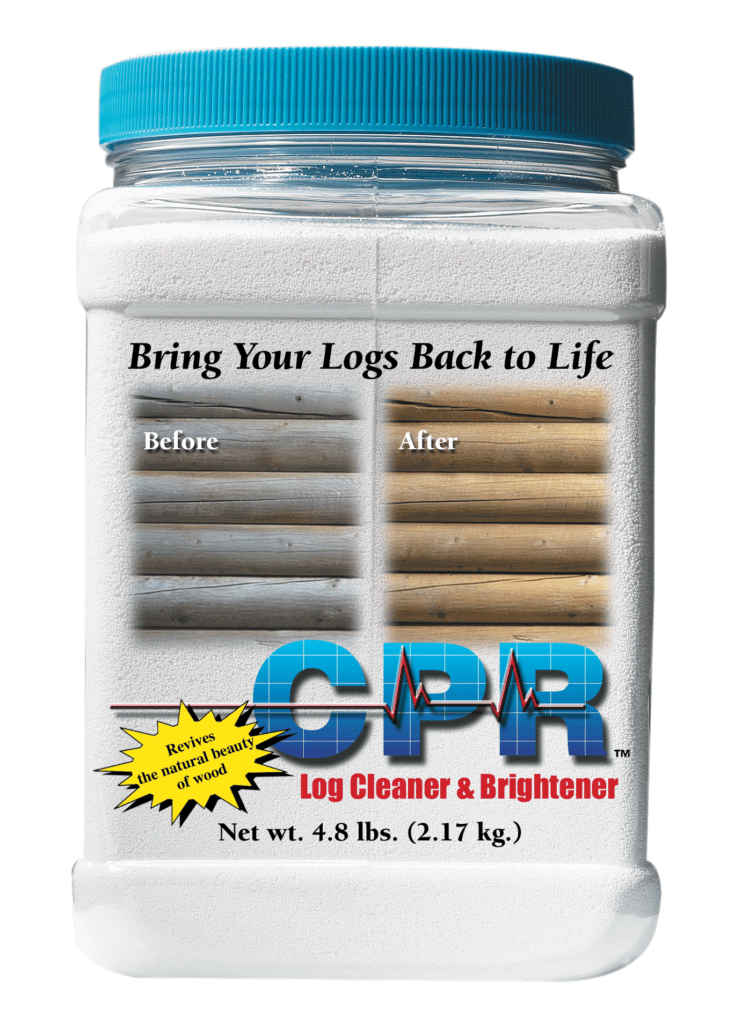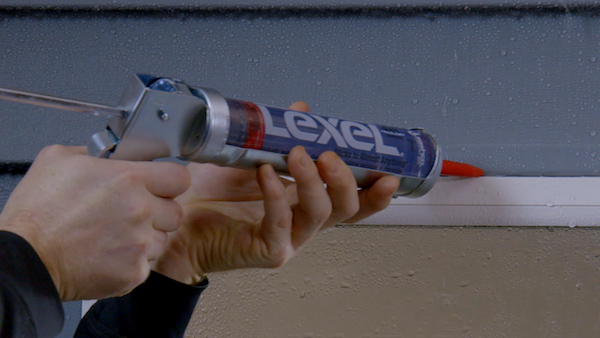
How To Find the Best Waterproof Caulk.
Silicone gets a lot of talk. You’ll find contractors who either love it and use it religiously or hate it for its tricky application prep and cure time. While silicone can be stickier and tougher than traditionally-used latex products and is often considered the go-to for waterproof caulk, it can malfunction in a number of ways that have contractors everywhere scratching their heads–or expending hours of precious time during reapplication.
To help ease the challenges of finding the right sealant, we want to present some alternatives to the infamous silicone. This article will dive into a few reasons why silicone might not be your best bet and we will discuss a better waterproof caulk alternative for your next job.
Using Silicone as Your Go-To Waterproof Caulk
Silicone has some good qualities: it’s clear(ish), which doesn’t take away from the aesthetic as much as tacky white latex, and it bonds tightly to many surfaces. However, there are also some big drawbacks: it can eat a lot of time, it doesn’t bond to everything, it isn’t paintable, and it can become defective over time.
Con 1: The Application Process is Time-Consuming
While silicone might dry to the touch in just a few hours, the cure time can take much longer. This puts complications both on your schedule and on your customer’s expectations.
Silicone can take up to several days to fully cure. This means that while it appears to be dry, it still needs time to form a bond with its surrounding materials. Until the silicone is cured, the area can’t be used: this means that your customer will have to go without a shower or a kitchen sink for several days after the job is done.
Another drawback of silicone is that outside temperature and weather have a direct effect on its cure time and effectiveness. You can’t caulk with silicone when a surface is wet or damp, and it can be hard to ensure that porous materials like wood are truly bone-dry when they often retain moisture for long periods of time. While silicone can be applied in colder weather, it affects the cure time and means that customers will have to wait even longer before the area is safe for use.
Con 2: Thinking Long-Term
If you apply silicone caulk well, it’s going to look great: the neat, clear bead will blend into its surroundings and you will be ready to forget about the job and move on. However, silicone is known to become problematic over time.
A lack of elasticity in silicone caulk means that the sealant can be prone to wear and tear. This makes it look messy, but the actual results can be far more harmful: cracks in the caulk will make the seal no longer watertight and will let in moisture exactly where you don’t want it to go. This is bad news if you’re hoping for long-term waterproofing, and it means that a few years down the road you may find yourself and your team back for repairs.
Speaking of repairs, redoing silicone is nothing less than a huge pain. Even when cured, the caulk isn’t strong enough to be scrubbed or cleaned with an abrasive material, which means that it’s likely to be worn down over time by harsh household cleaners and scrub brushes. When you’re eventually called back to repair the caulk job, you have another challenge ahead of you: silicone doesn’t stick to itself, so you’ll have to scour every square millimeter of the joint or gap to remove everything before prepping the surface to start over. It’s a time-consuming, tedious process that will take up your time and put the area out of commission for a few days before your customer can use it again.
One of the most dreaded downfalls of silicone is the zipper effect. Contractors will take hours to carefully apply silicone only to receive a call a few months down the line from a customer saying that one or both sides of the bead have peeled away from the substrate surface. It’s a hotly-debated topic as to why this occurs, but it leads to water damage and requires repairs.
Con 3: Short-Lived Aesthetics
The third line of trouble when it comes to working with silicone is the problem of aesthetics. Now, many contractors use silicone expressly because it can look better than latex caulks, but even here it doesn’t come without issues. Silicone might be labeled “clear,” but you’ll find that it clouds as it cures and actually yellows over time, which quickly makes the area look old and tacky. You’ll also know that if you try and paint over silicone, the paint will repel away from the surface as it dries and create bubbles instead of coating it consistently.
While silicone promises an initial clear appearance, its tendency to yellow and the inability to paint it limits the aesthetics of a project and means that over time, the room or area will take on an aged look.
A Better Waterproof Alternative: Lexel®
As a better alternative to silicone in almost every way, we made a product called Lexel®. Lexel® is a waterproof caulk that seals out water immediately upon application. Feel free to leave it in your truck while you start on the job even in the coldest winter weather, because Lexel® doesn’t permanently harden in freezing temperatures as other sealants do.
Application
One of our customers’ favorite parts of using Lexel® is that you can apply it anywhere, whether for an exterior job in freezing conditions or to a surface that’s still wet. Lexel® gets right to work: it will adhere to a surface despite moisture and immediately creates a watertight bond.
Durability
Use Lexel® for interior and exterior jobs that require strong adhesion and long-lasting flexibility. We engineered the product to handle 400% more joint movement than silicone, and it doesn’t harden over time.
Lexel® accommodates changes that naturally occur throughout a building structure over the years, whether throughout changing seasons or during the day as normal traffic puts weight and pressure on floors, walls, and appliances. It won’t zipper out of a joint like silicone can, which means that it’s guaranteed to hold the seal for a long time.
Aesthetics
Basically, the design world’s your oyster when you work with Lexel®. It’s 19 times clearer than silicone and is paintable with both latex and oil-based paints. It also doesn’t yellow over time. This gives you and your customer endless possibilities when it comes to designing a space without having to consider the drawbacks of choosing between paintable and clear caulk.
Repairs
Lexel® is tough enough to take on any scouring pad or abrasive cleaner in a household pantry, so you won’t have to worry about scratches or tears over time. If it does need repairing, we’ve only got more good news for you: Lexel® sticks to itself (unlike silicone), so you won’t have to spend hours painstakingly scraping old caulk away before reapplying.
Move Over, Silicone.
Regardless of how you feel about silicone, Lexel® is undeniably a versatile alternative that provides superior waterproofing and eliminates so many of those caveats that come with traditional products. It allows you to caulk without worrying about the aesthetics of a job or damage from harsh and abrasive cleaners.
If you’re on the lookout for a no-fuss product that can do it all and save you time on the job, find Lexel® at a supplier near you. You can also try it for free or to reach out with any questions to our team here at Sashco, where we work hard to provide the best, most reliable caulk and sealant products on the market.
